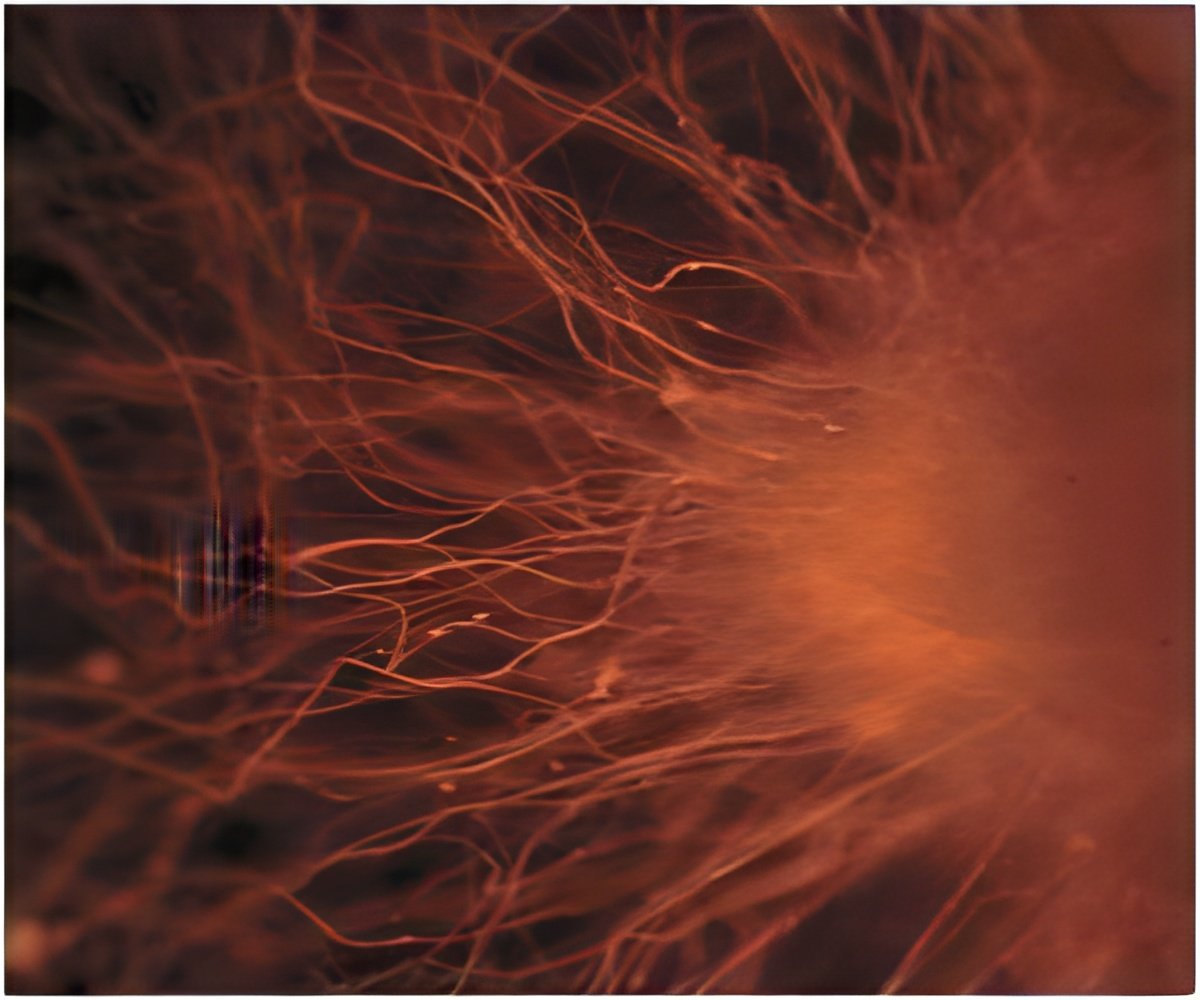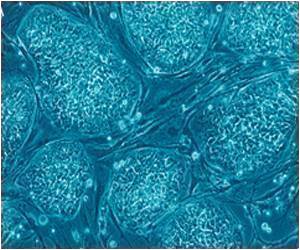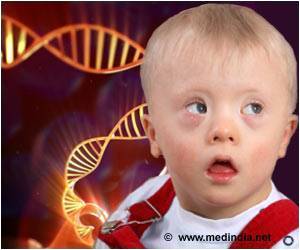Scientists have, for the very time, created functional three-dimensional human stomach tissue in a laboratory using pluripotent stem cells.

This first-time molecular generation of 3D human gastric organoids (hGOs) presents new opportunities for drug discovery, modeling early stages of stomach cancer and studying some of the underpinnings of obesity related diabetes, according to Jim Wells, PhD.
Wells said that until this study, no one had generated gastric cells from human pluripotent stem cells (hPSCs). In addition, they had had also discovered how to promote formation of three-dimensional gastric tissue with complex architecture and cellular composition.
The key to growing human gastric organoids was to identify the steps involved in normal stomach formation during embryonic development. By manipulating these normal processes in a petri dish, the scientists were able to coax pluripotent stem cells toward becoming stomach. Over the course of a month, these steps resulted in the formation of 3D human gastric organoids that were about 3mm (1/10th of an inch) in diameter. Wells and his colleagues also used this approach to identify what drives normal stomach formation in humans with the goal of understanding what goes wrong when the stomach does not form correctly.
According to first author Kyle McCracken, within 24 hours, the bacteria had triggered biochemical changes to the organ. The human gastric organoids faithfully mimicked the early stages of gastric disease caused by the bacteria, including the activation of a cancer gene called c-Met and the rapid spread of infection in epithelial tissues.
Another significant part of the team's challenge has been the relative lack of previous research literature on how the human stomach develops, the authors said. Wells said the scientists had to use a combination of published work, as well as studies from his own lab, to answer a number of basic developmental questions about how the stomach forms. Over the course of two years, this approach of experimenting with different factors to drive the formation of the stomach eventually resulted in the formation of 3D human gastric tissues in the petri dish.
Source-ANI
 MEDINDIA
MEDINDIA


 Email
Email









